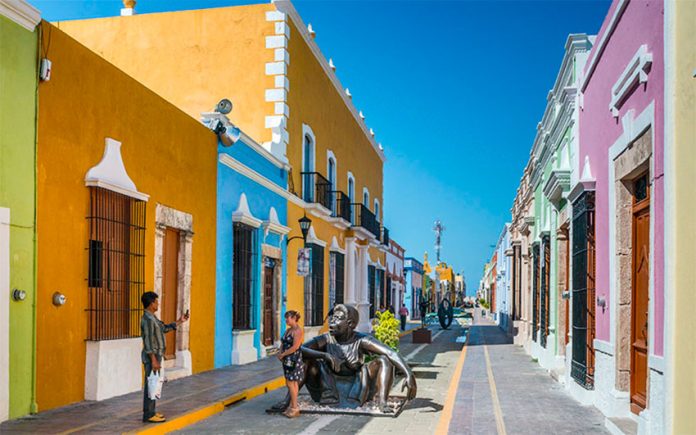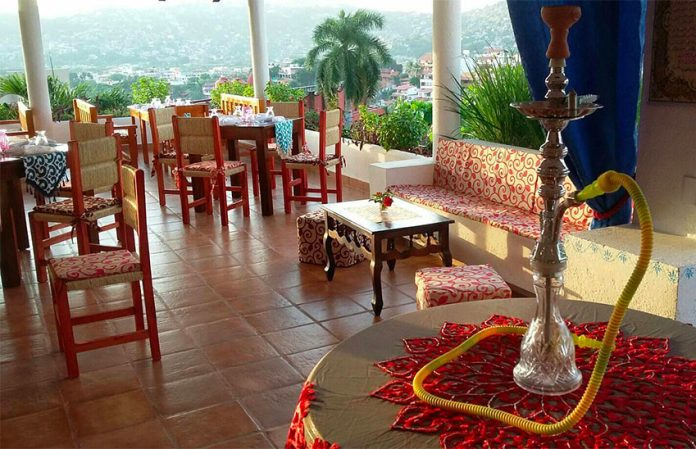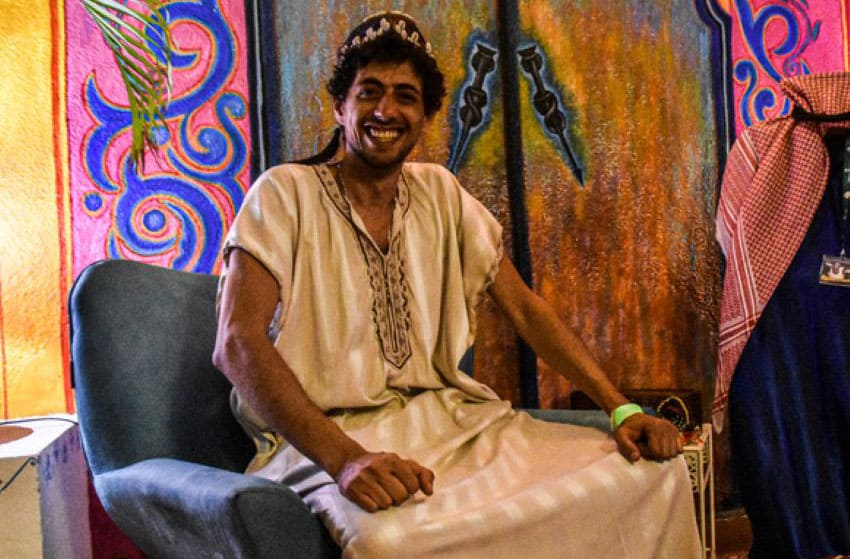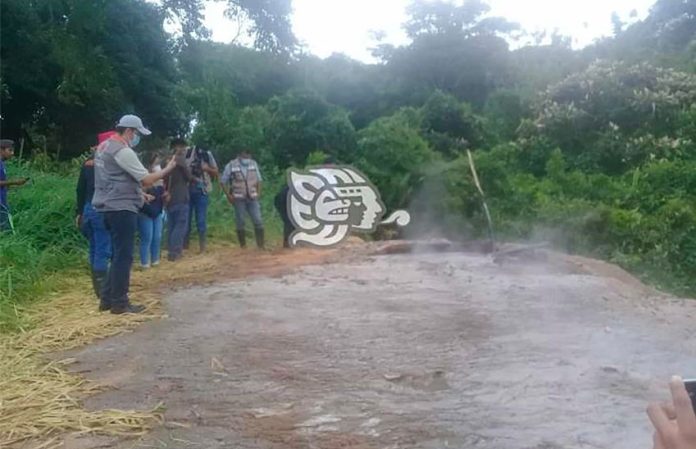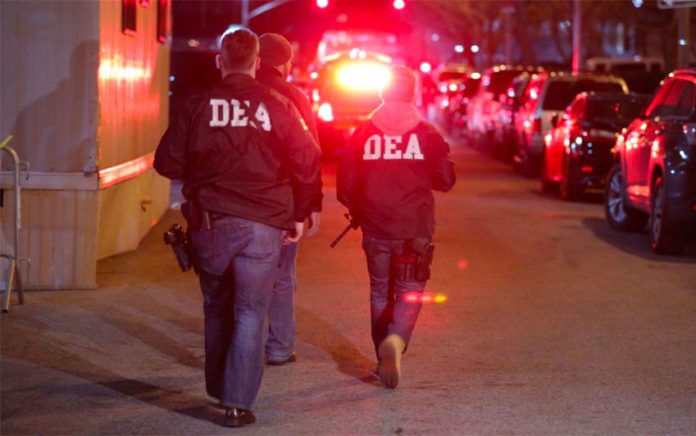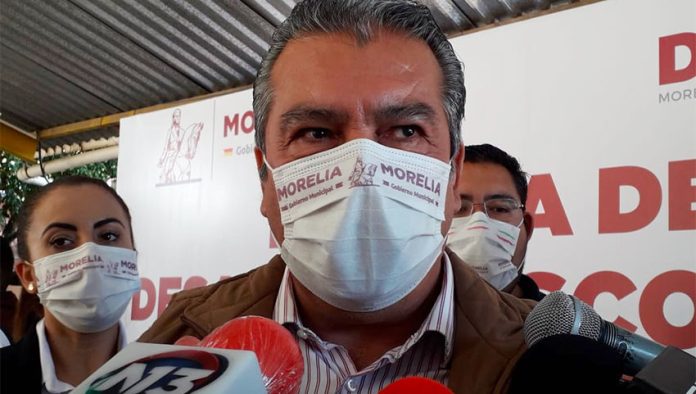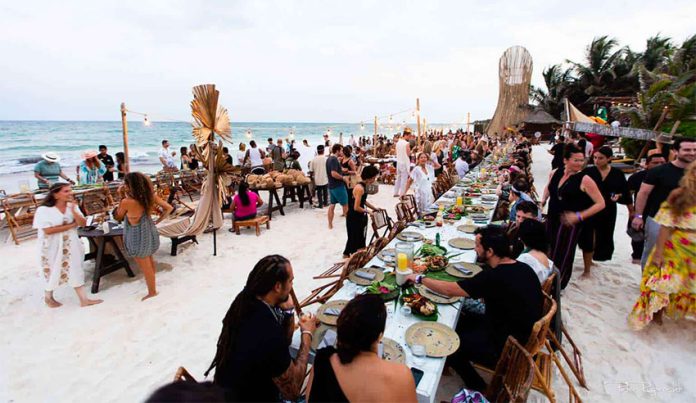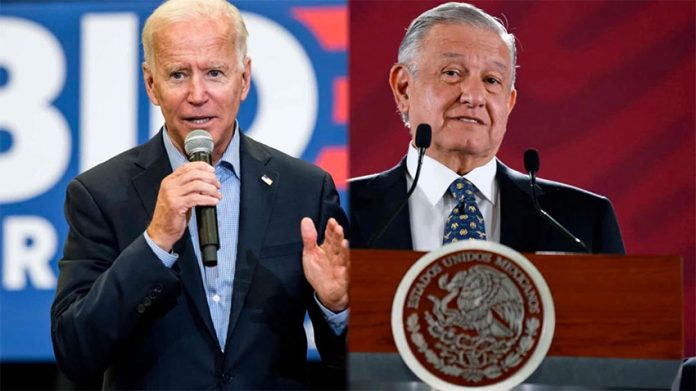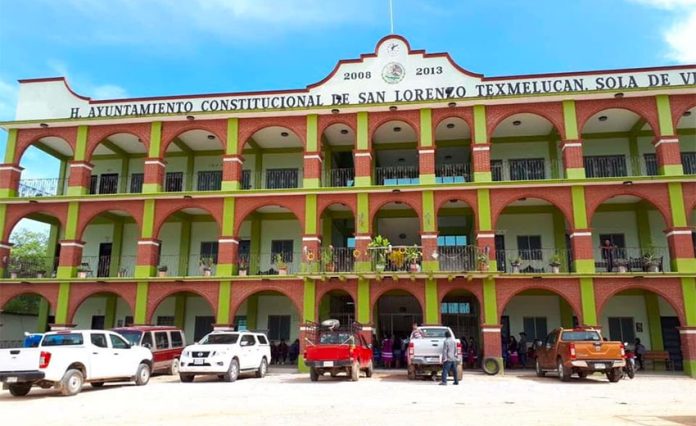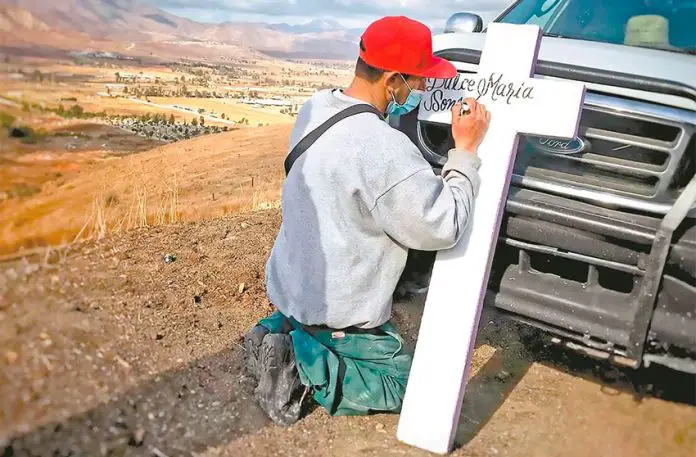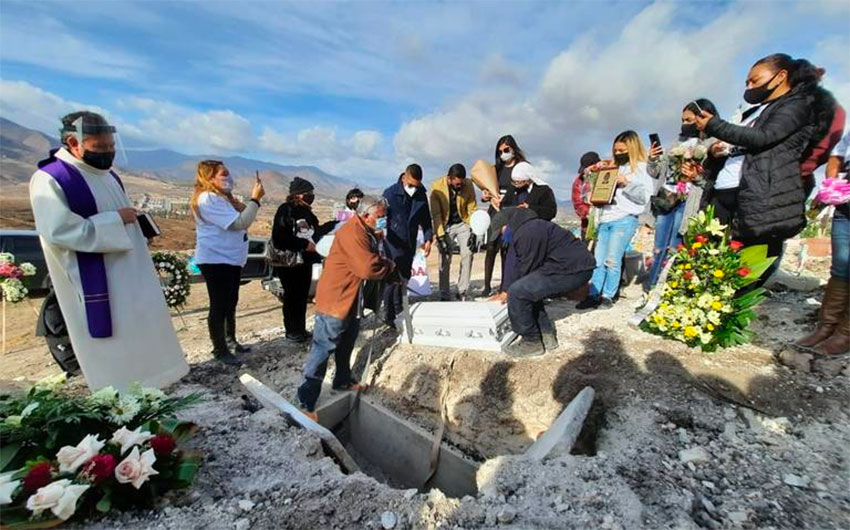A new tourism initiative offers five road trip routes that encourage people to travel responsibly, safely and sustainably in Mexico.
The Mexican Federation of Tourism Associations (Fematur), the World Wildlife Fund (WWF) and vacation rental company Airbnb have joined up to create Mexico by Land, five different road trips that take in destinations in Mexico’s south, southeast, central and Pacific coast regions.
The three partners are aiming to reactivate domestic tourism, help the economy recover during the ongoing coronavirus pandemic and “promote tourism in balance with local communities and biodiversity.”
The five routes include “attractive and biodiverse spots in Mexico that seek to be an alternative to mass and traditional tourism,” Airbnb said in a statement.
“In turn, they will allow people to travel more safely, integrate their experiences with local communities, and make their value chains visible while contributing to economic recovery during and after Covid-19.”

The five Mexico by Land routes, described in detail on a new Airbnb website (Spanish only), are El Corridor del Jaguar (The Jaguar’s Corridor), La Ruta del Sol (The Route of the Sun), Joyas del Pacífico (Pacific Jewels), Paraísos del Caribe (Caribbean Paradises) and Maravillas de la Península (Wonders of the [Yucatán] Peninsula).
The Jaguar’s Corridor begins in the Chiapas capital Tuxtla Gutiérrez and passes through several destinations in the same state as well as Campeche. They include the colonial city of San Cristóbal de las Casas, the Lagunas de Montebello, the archaeological sites of Bonampak, Palenque and Calakmul and the magical town of Palizada.
The Route of the Sun begins in Mexico City and takes in destinations including the laidback magical town of Tepotzlán, Morelos state capital Cuernavaca – known as the city of eternal spring – and the silver city of Taxco, Guerrero. It ends in Acapulco, Mexico’s once-famed international tourist destination that is now more popular with domestic sun, sand and surf seekers.
The Pacific Jewels route begins in the Jalisco capital Guadalajara, Mexico’s second largest city, and ends at Las Labradas, a coastal archaeological site in Sinaloa. Destinations between the two points include the birthplace of Mexico’s favorite tipple, the magical town of Tequila, the resort city Puerto Vallarta, the relaxed beach town of Sayulita, Nayarit, and Sinaloa’s Pearl of the Pacific, Mazatlán.
As its name suggests, the Caribbean Paradises route focuses on Mexico’s Caribbean coast in the state of Quintana Roo. It includes the popular beach destinations of glitzy Cancún, trendy Playa del Carmen and hip Tulum. Barely straying inland, the route also includes lakeside Bacalar, the beach town of Mahahual and the islands of Cozumel and Holbox.
The fifth and final route, Wonders of the Peninsula, begins in the Yucatán’s largest city and cultural capital, Mérida, colloquially known as the white city. Other destinations on the route include the small port of Sisal – one of 11 new magical towns announced earlier this month, the yellow city of Izamal, the colonial city of Valladolid, which is well known for its convent, and colorful Campeche, a port city filled with pastel-colored colonial architecture. The Mayan archaeological sites of Uxmal and Ek Balam are also on the route.

Airbnb México public affairs director Jorge Balderrama said the Mexico by Land initiative “seeks to contribute to boosting the economy of micro and small entrepreneurs in Mexico through these highway routes.”
“We believe that in order to travel more safely and continue contributing to the tourism economy, domestic and land travel in compliance with the prevention measures against Covid-19 established by governments are a responsible solution,” he added.
Balderrama also said the initiative would help support more than 10 million direct and indirect jobs related to tourism.
WWF México conservation director María José Villanueva said that “sustainable, responsible and inclusive tourism is a great opportunity … to raise awareness about the biodiversity of our country.”
“The alliance with Airbnb is an example of how travel can be sustainable in Latin America, and how it can help local communities to have a green recovery in the new normal,” Villanueva said.
Source: El Universal (sp), El Economista (sp)
